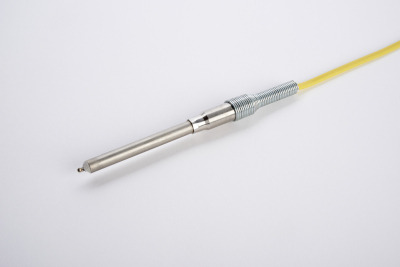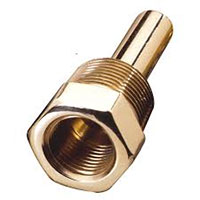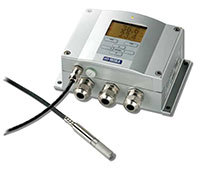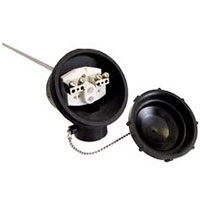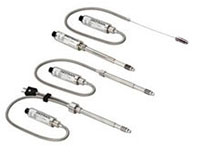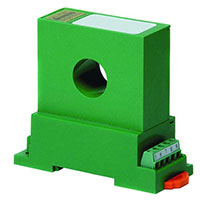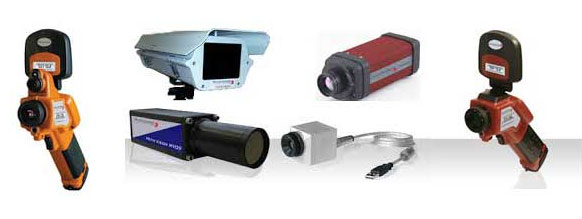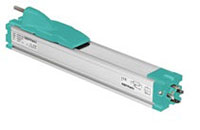Thermocouple Sensors
Identify exact temperatures and changes in temperature with thermocouple industrial temperature sensors. Compare these components to find the ideal sheath material, diameter and overall design for your application. Thermocouples can be sorted by type, material or other features. The most common types include K, J, T, and E types. Mineral insulation allows modern thermocouples to respond rapidly to high temperature reading.
Fiberglass is a more common insulation material, but may not offer the same temperature variance compatibility. Work with our team at Hi-Watt to determine the optimal thermocouple sheath material and, if necessary, a protection tube.
Thermowells and Protection Tubes
Some industrial processes are too harsh for thermocouples. Intense pressure, velocity or immersion experiences can damage even the strongest thermocouple sheathing material, so replace these industrial temperature sensors with thermowells and protection tubes. A thermowell is a stand-alone sensor replacement that offers accurate readings in intense situations.
Protection tubes, on the other hand, are used to cover traditional thermocouples. A ceramic tube still allows accurate readings without risking oxidation, abrasion or other issues.
Humidity Sensors
Select one of these sensors to supplement your industrial temperature sensors in your industrial process. A humidity sensor offers accurate indoor and outdoor humidity percentages. These are popularly used in connection with HVAC systems. A traditional office or industrial facility can monitor the necessity of a humidifier or dehumidifier.
For sensitive locations, such as an art museum or foodservice warehouse, a stable humidity reading is crucial. Receive early warnings about humidity level issues and adjust your HVAC system accordingly for a safe, efficient location.
RTD Sensors and Thermistors
Compare thin film and wire-wound RTD elements to find the optimal resistance temperature detector for your process. The latest thermistors and RTD sensors at Hi-Watt offer interchangeable, accurate and repeatable results for temperatures between -200 and 650 degrees Celsius.
These sensors are commonly used in food equipment, plastics processing and textile production applications, but have a range of uses where accurate, repeatable results are necessary. Compare various sizes and specifications to find the RTD technology that improves your industrial process.
Pressure Sensors
Turn PSI readings into current signals with a reliable pressure sensor. Unlike industrial temperature sensors, these devices are designed to measure the current pressure in a solid, liquid or gas process. High PSI accuracy, shock-resistant designs and durable materials allow these devices to work successfully in refrigeration, air conditioning and agricultural situations.
Compare linear transducer sensors and melt pressure sensors to find the optimal equipment for your demanding environment. Integrate a pressure sensor and heat sensor to better understand the pressure ratings at various points in a thermal process. Thin film technology allows pressure transducers to offer industry-leading response times and accuracy.
Current and Voltage Sensors
Monitor multiple components with a current and voltage sensor. These devices monitor multi-point current and voltage readings to find the first warning signs of faulty lighting, heating or motor components. Combined with industrial temperature sensors, these sensors provide additional data for your programmable controller.
Use analog transducers for a current loop between 4 and 20 mA. Compare DC output and AC input to ensure maximum efficiency in your process. This allows you to monitor utility-powered loads with fixed frequencies.
Non-Contact Infrared Sensors
Direct contact between equipment and industrial temperature sensors creates wear points. Avoid excess wear without compromising the accuracy of your temperature sensors with non-contact infrared devices. Infrared cameras provide detailed thermal imaging to not only receive a contactless heat reading, but also map out various heat points within the frame. Install an infrared sensor to avoid contamination and abrasion that cold otherwise occur at the contact point of a temperature sensor.
